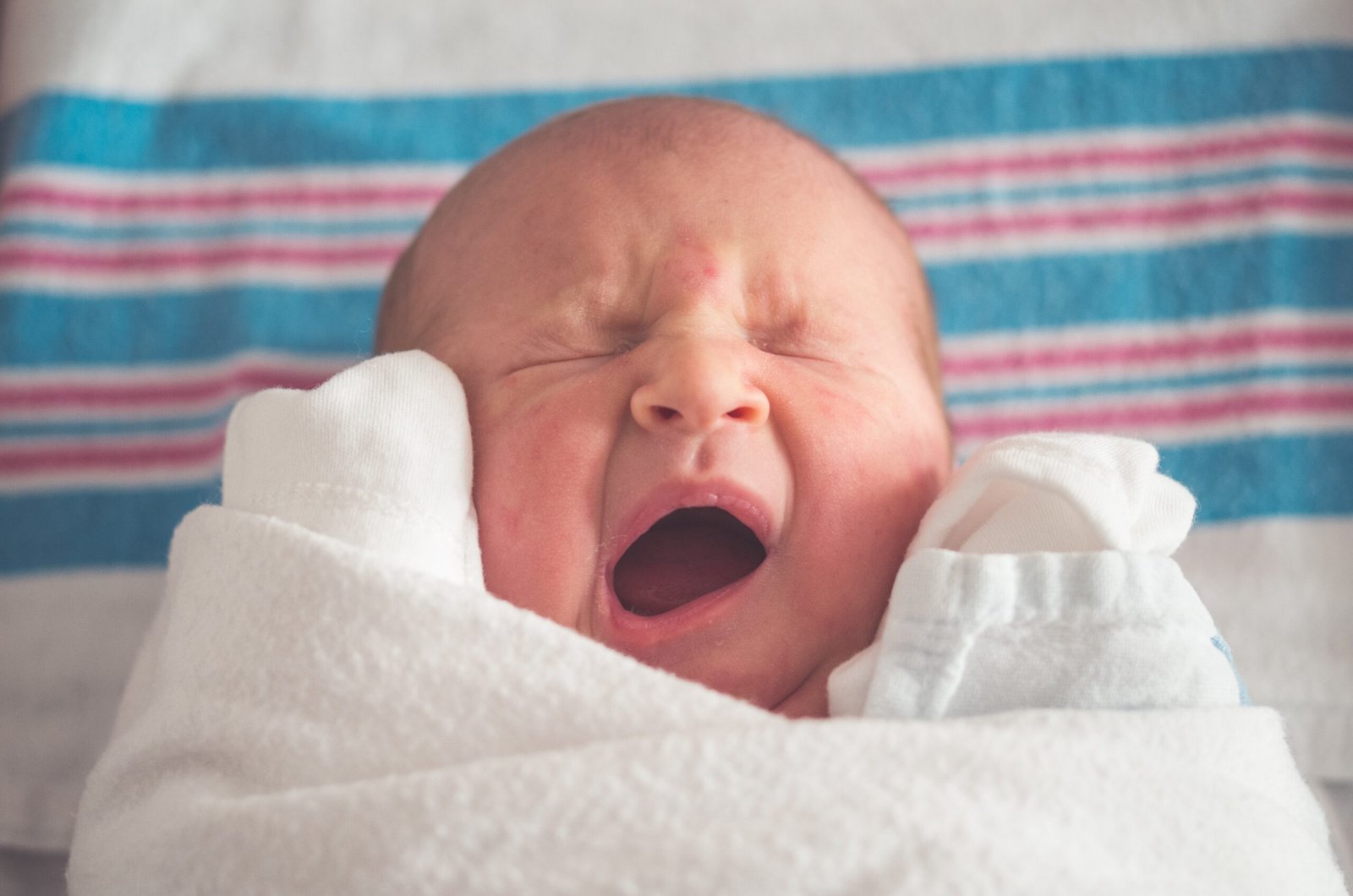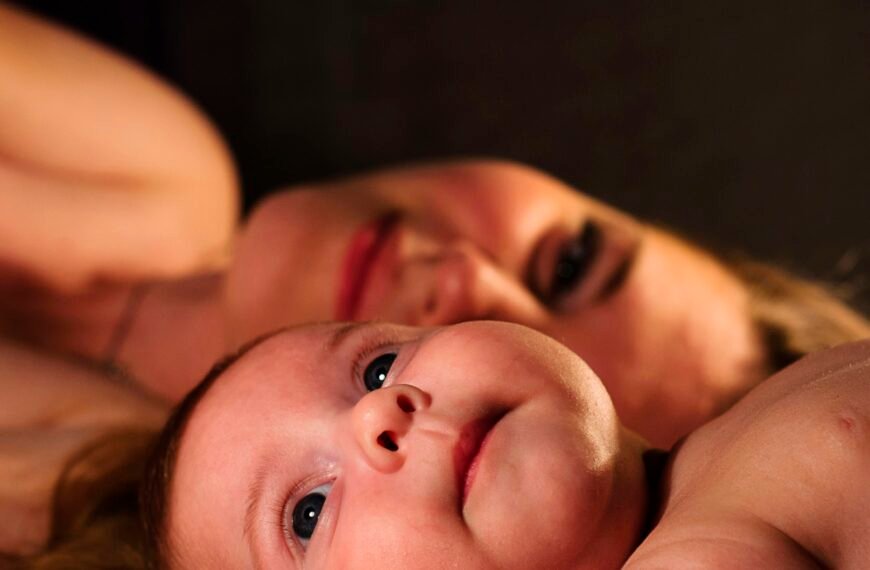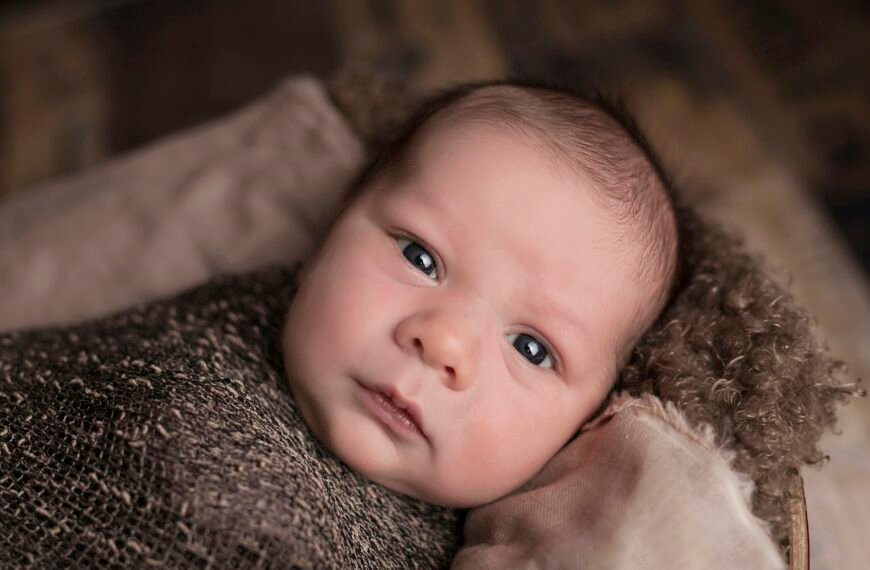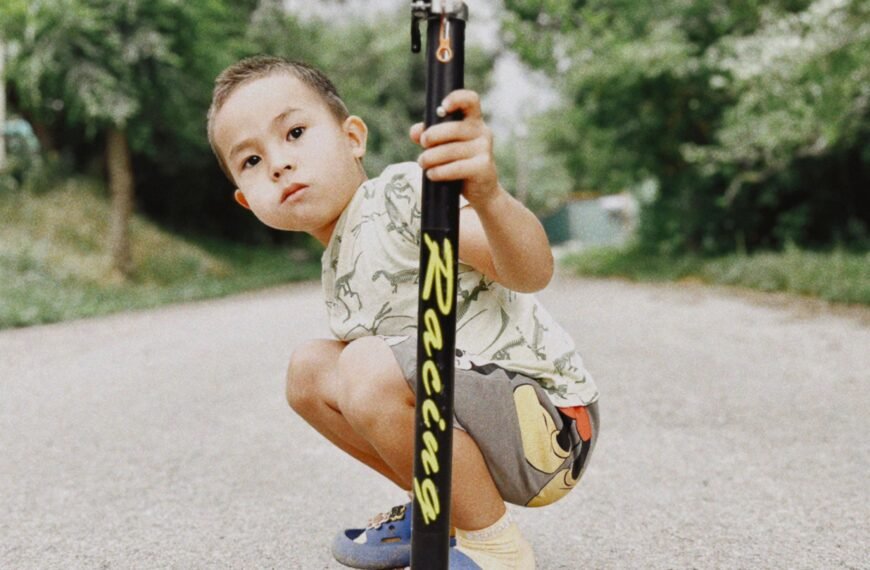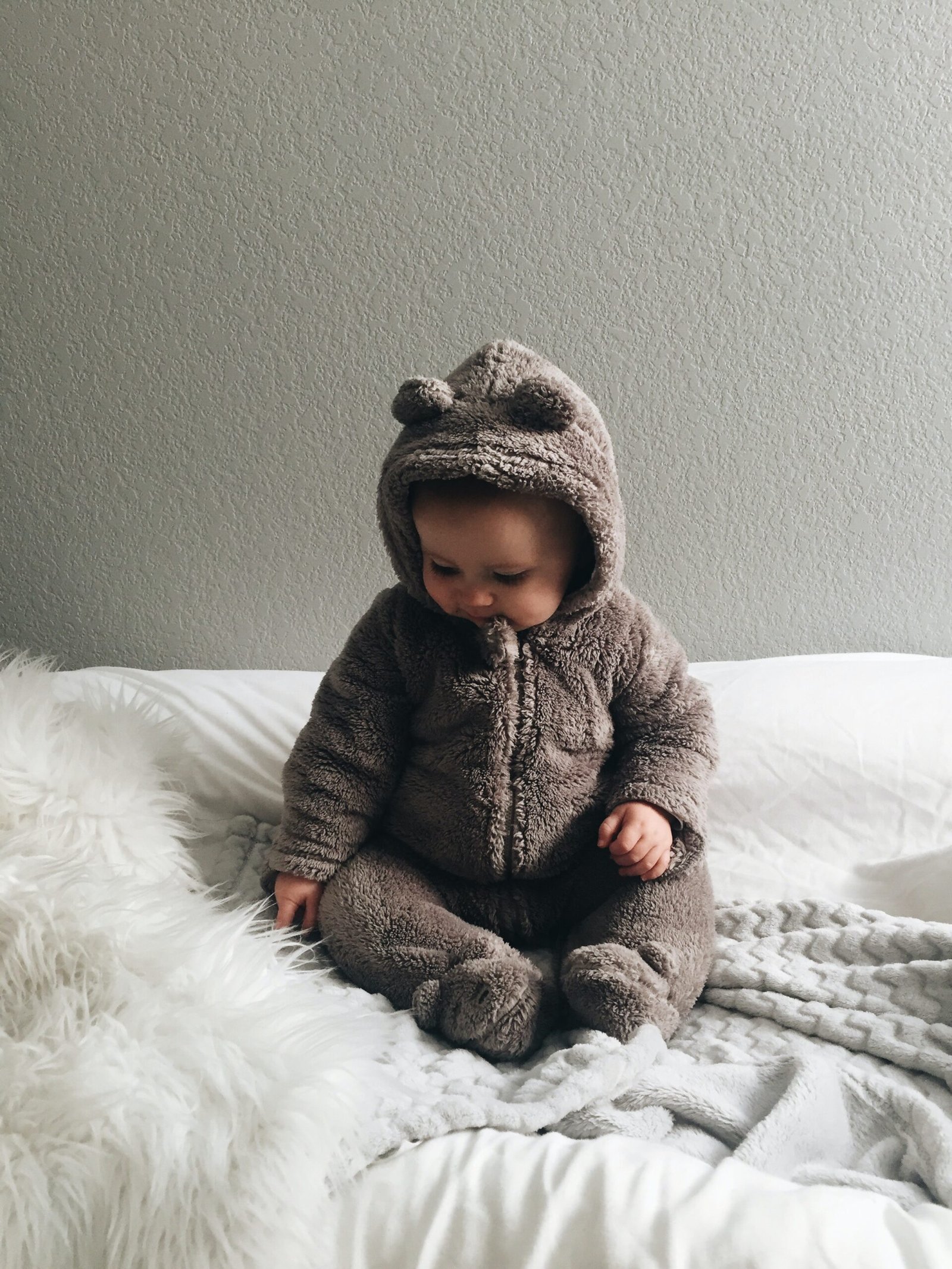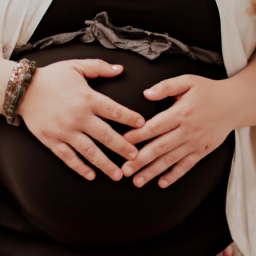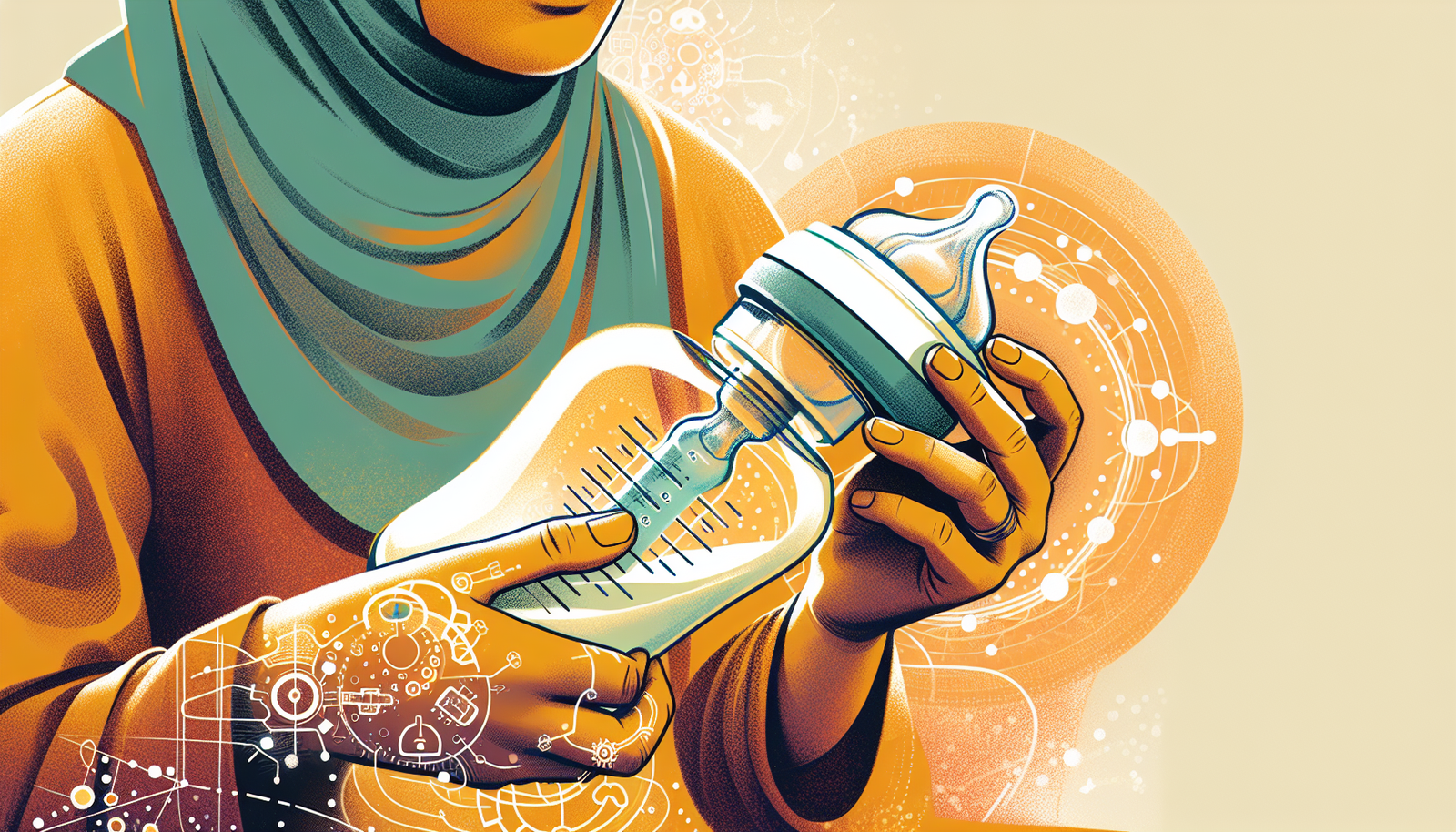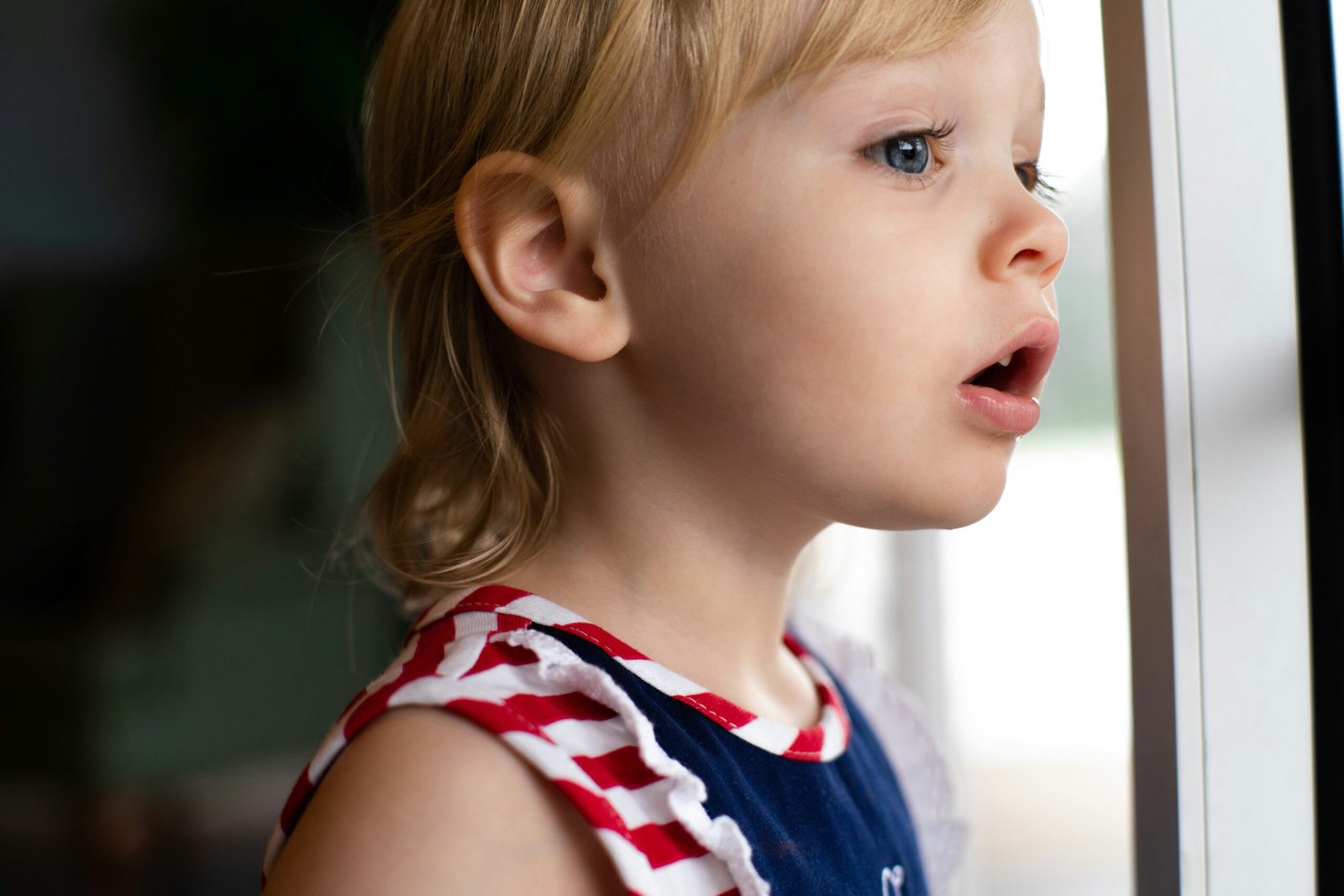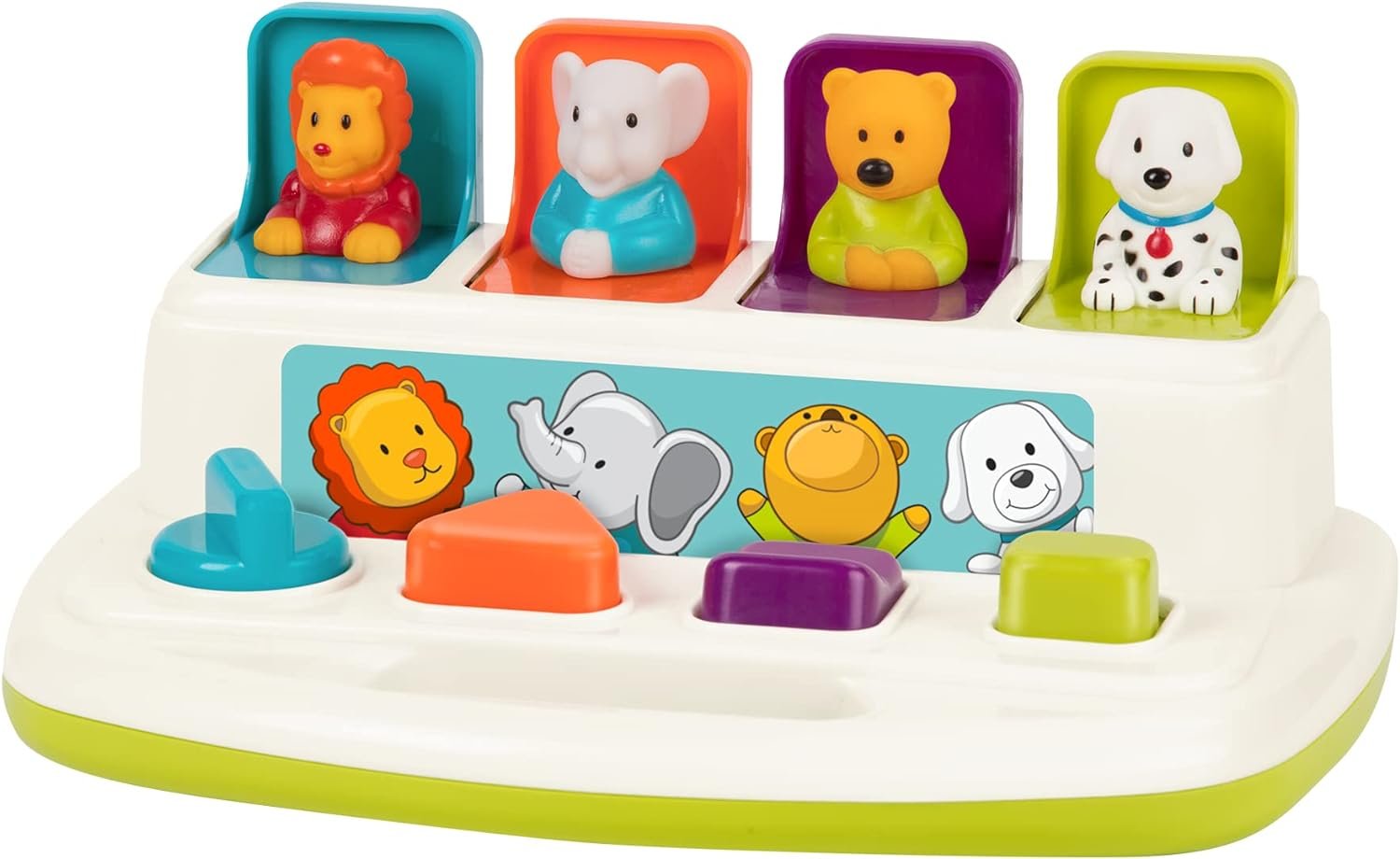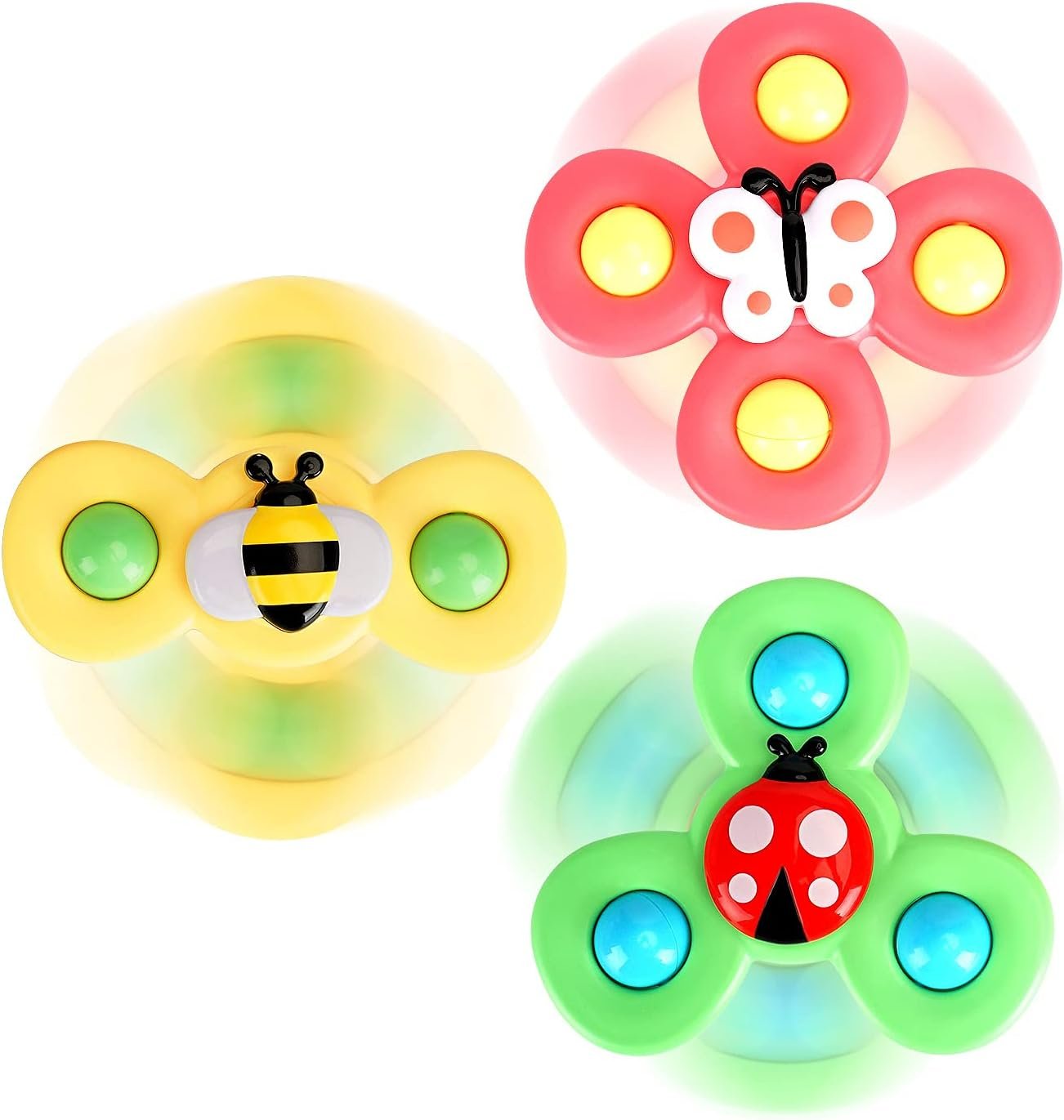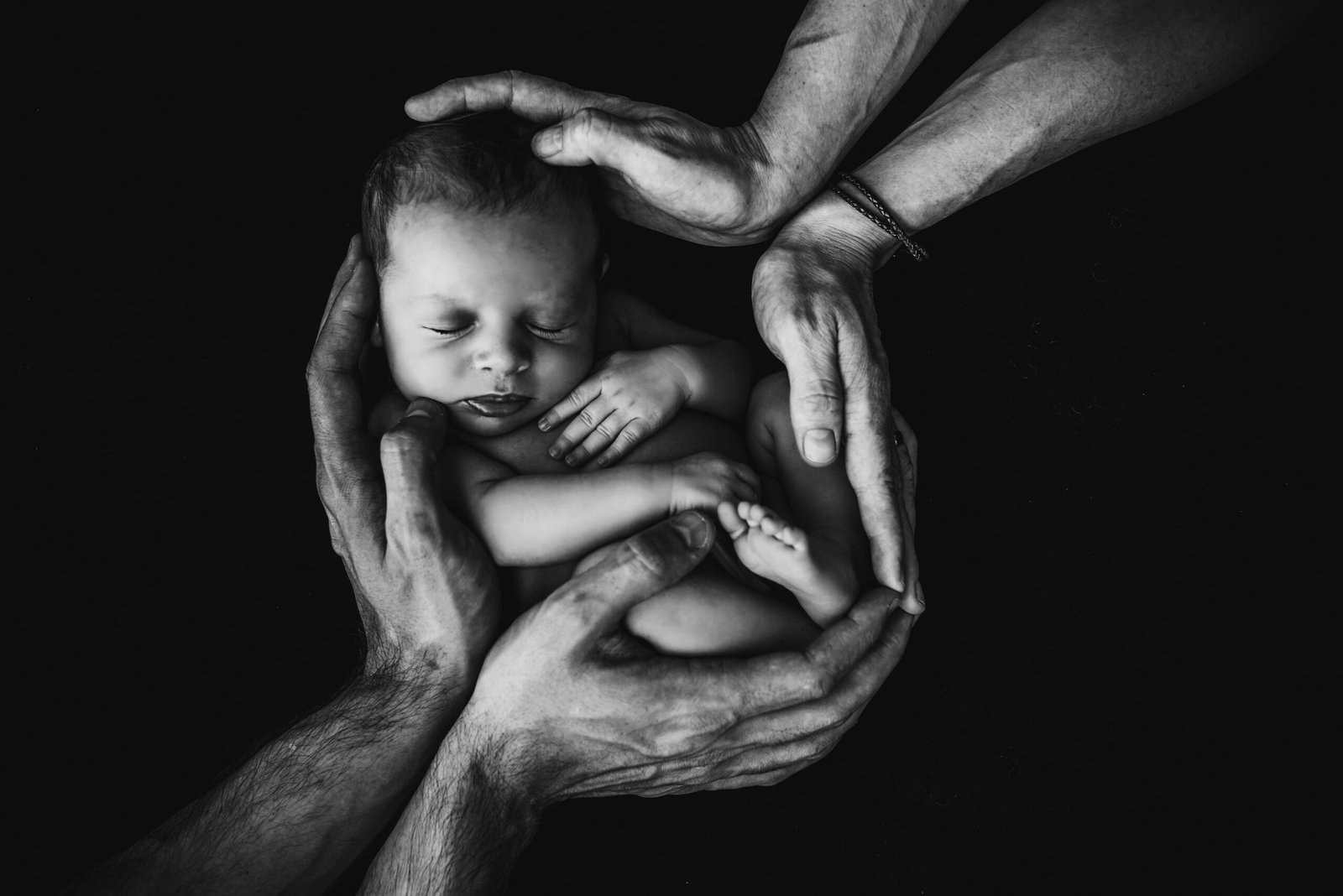Taking care of your little one’s toys is important for their health and hygiene. When it comes to cloth baby toys, proper cleaning methods are crucial to remove dirt, germs, and keep them looking fresh. In this article, we will explore effective ways to clean cloth baby toys, ensuring they remain safe and enjoyable for your child. From simple at-home solutions to specialized products, we’ve got you covered. Get ready to learn the best techniques to keep your baby’s toys squeaky clean!
Check Baby Toys Guide & Review
Cleaning Frequency
Determining the cleaning schedule
When it comes to cleaning cloth baby toys, it’s important to establish a regular cleaning schedule. The frequency at which you clean your little one’s toys will depend on factors such as how often they are used and the environment they are exposed to. As a general guideline, it is recommended to clean cloth baby toys at least once every two weeks to ensure proper hygiene and prevent the buildup of dirt and bacteria.
Regular cleaning guidelines
Regular cleaning of cloth baby toys involves a simple yet effective process. Start by examining each toy for visible stains, marks, or dirt. Next, gather the necessary supplies such as mild soap, water, stain removers, and a soft cloth. For toys with detachable parts, make sure to remove them before cleaning. Use a mild soap and water solution to gently remove any dirt or stains from the surface of the toy. For tougher stains, a stain remover specifically designed for use on fabric can be used. Once the toy is clean, it is important to dry it properly to prevent the growth of mold or mildew.
Preparation
Gathering necessary supplies
Before you begin cleaning your cloth baby toys, make sure you have all the necessary supplies on hand. These may include mild soap, water, stain removers, a soft cloth, a protective laundry bag, vinegar, disinfecting wipes, baking soda, lemon juice, and a breathable container for storage. Having these supplies readily available will make the cleaning process much more convenient and efficient.
Checking the manufacturer’s instructions
Every cloth baby toy may come with its own set of care instructions from the manufacturer. It is important to read and follow these instructions carefully to ensure the longevity of the toy and avoid any potential damage. The manufacturer’s instructions may provide specific guidelines on washing methods, temperature settings, and any warnings or precautions to be aware of. By following these instructions, you can ensure that you are cleaning the toy in the appropriate manner.
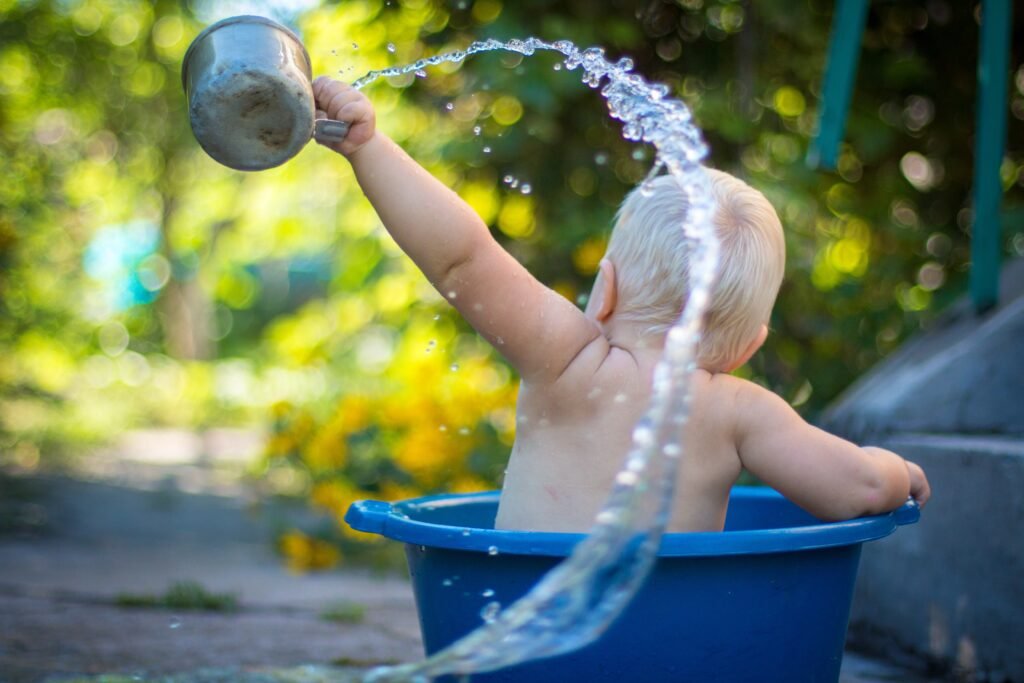
Spot Cleaning
Identifying stains and marks
Before diving into the cleaning process, it’s important to identify any stains or marks on the toy. This will help you determine the best approach for removing them and ensure a thorough cleaning. Inspect the toy carefully, paying close attention to areas that come into direct contact with your baby’s hands or mouth. Common stains and marks on cloth baby toys can include food residue, spit-up, dirt, and ink.
Using mild soap and water
For most stains and marks, a simple solution of mild soap and water will do the trick. Start by dampening a soft cloth with the soapy solution, then gently wipe the affected areas of the toy. Be sure to avoid saturating the toy with excessive water, as this can lead to mildew or damage to the stuffing. After cleaning, rinse the cloth with clean water and go over the toy once more to remove any soap residue.
Removing tough stains with stain removers
In some cases, a mild soap and water solution may not be sufficient to remove tough stains. This is where stain removers designed for fabrics can come in handy. Before using any stain remover, it is important to test it on a small, inconspicuous area of the toy to ensure it doesn’t cause any discoloration or damage. Apply the stain remover directly to the stain, following the manufacturer’s instructions, and gently scrub the area with a soft cloth. Once the stain is removed, rinse the toy thoroughly to remove any residue.
Drying the toy properly
After spot cleaning, it is crucial to ensure the toy is dried properly. Excess moisture can lead to mold or mildew growth, which can be harmful to your baby’s health. To dry the toy, gently squeeze out any excess water and then lay it flat on a clean and dry towel. Alternatively, you can hang the toy in a well-ventilated area, away from direct sunlight, until it is completely dry.
Hand Washing
Removing detachable parts
Before hand washing a cloth baby toy, it’s important to remove any detachable parts such as snaps, buttons, or ribbons. This will help prevent damage to these delicate components and ensure a thorough cleaning of the toy. Keep these parts in a safe place throughout the washing process to avoid misplacing them.
Selecting appropriate detergent
When it comes to hand washing your cloth baby toys, choosing the right detergent is crucial. Opt for a mild, baby-friendly detergent that is free from harsh chemicals or fragrances. This will help protect your baby’s delicate skin and prevent any potential allergic reactions. Avoid using bleach or fabric softeners, as they can be too harsh for the fabrics of the toys.
Creating a soapy solution
Fill a basin or sink with lukewarm water and add the appropriate amount of baby-friendly detergent. Swirl the water to create a gentle, soapy solution. Make sure the water is not too hot, as high temperatures can cause shrinkage or damage to the toy.
Gently washing the toy
Submerge the toy in the soapy solution and gently agitate it with your hands. Pay extra attention to any stained or soiled areas, giving them a gentle scrub with a soft cloth or a soft-bristled brush. Avoid excessive rubbing or twisting, as this can cause damage to the toy’s fabric or stuffing. Once you have thoroughly cleaned the toy, remove it from the soapy water.
Rinsing and drying
After washing, rinse the toy under clean water to remove any remaining soap residue. Squeeze out any excess water, being careful not to wring or twist the toy too harshly. Lay the toy flat on a clean and dry towel or hang it in a well-ventilated area until it is fully dry. Ensure that the toy is completely dry before allowing your baby to play with it again to prevent the growth of mold or mildew.
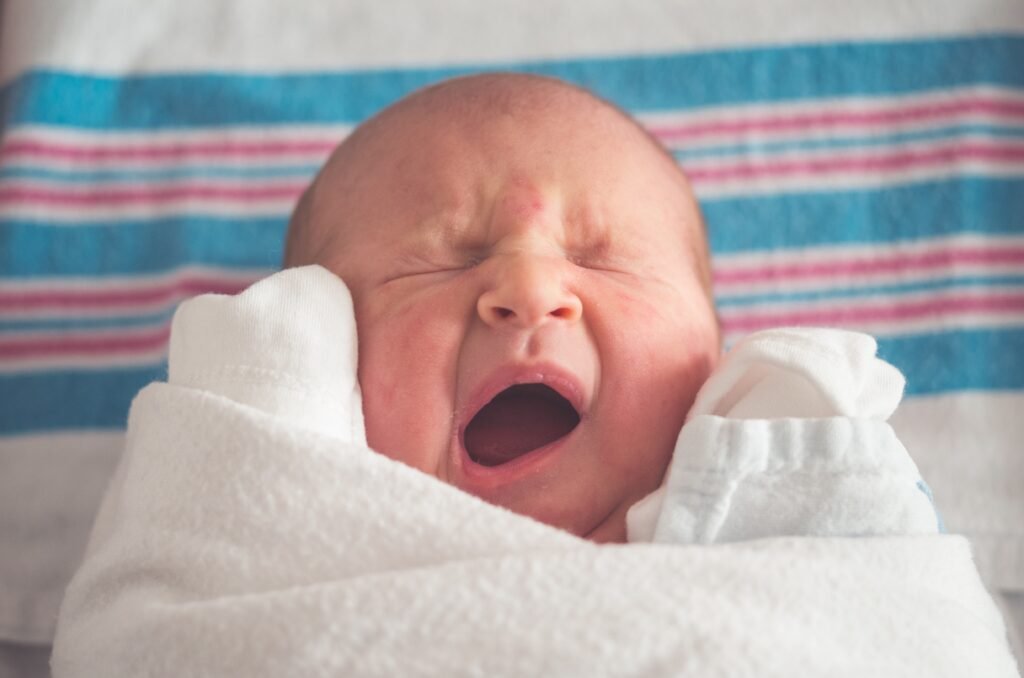
Machine Washing
Checking the toy’s label
Before deciding to machine wash a cloth baby toy, always check the toy’s label for specific care instructions. Some toys may not be suitable for machine washing and may require alternative cleaning methods. If the label states that the toy is machine washable, proceed with caution and follow the recommended guidelines.
Selecting a protective laundry bag
To protect your cloth baby toys during machine washing, it is advisable to use a protective laundry bag. This will prevent any damage to the toy or its delicate components, such as ribbons or buttons. Place the toy inside the laundry bag, ensuring it is securely enclosed before placing it in the washing machine.
Choosing suitable washing settings
When machine washing cloth baby toys, opt for a gentle or delicate cycle to minimize the risk of damage. Select a cold or lukewarm water temperature, as hot water can cause shrinkage or distortion of the toy. Avoid using a high spin cycle, as this can cause excessive twisting and potentially damage the toy.
Adding detergent and vinegar
Add the appropriate amount of baby-friendly detergent to the washing machine, as indicated by the detergent’s instructions. To enhance the cleaning process and remove any odors, you can also add a small amount of vinegar to the wash cycle. Vinegar helps break down stains and acts as a natural fabric softener, leaving your cloth baby toys fresh and clean.
Washing and drying
Start the washing machine and allow it to complete the cycle. Once the cycle is finished, remove the toy from the laundry bag. Carefully examine the toy for any signs of damage or loose threads. If necessary, secure any loose threads or buttons before proceeding with the drying process. Lay the toy flat on a clean and dry towel or hang it in a well-ventilated area to air dry. Avoid direct sunlight, as it can fade or bleach the colors of the toy.
Sanitizing
Knowing when to sanitize
Sanitizing cloth baby toys is an important step in maintaining proper hygiene. It is especially crucial to sanitize toys that have been shared or exposed to potential sources of germs, such as public play areas or the daycare. Sanitizing can also be done periodically as a preventive measure to keep your baby safe from harmful bacteria.
Using disinfecting wipes
One simple and convenient way to sanitize cloth baby toys is by using disinfecting wipes. Choose wipes that are safe for use on baby items and contain no harsh chemicals. Thoroughly wipe down the surface of the toy, paying extra attention to areas that come into direct contact with your baby’s hands or mouth. Allow the toy to air dry after sanitizing.
Steam cleaning
Another effective method of sanitizing cloth baby toys is through steam cleaning. Steam cleaning not only kills germs but can also remove stubborn dirt and stains. Use a handheld steam cleaner according to the manufacturer’s instructions, ensuring that you hold the nozzle at a safe distance from the toy. Move the steam cleaner back and forth over the surface of the toy, paying attention to all areas. Allow the toy to dry completely before allowing your baby to play with it.
Sunlight exposure
Believe it or not, sunlight can act as a natural sanitizer for cloth baby toys. Exposing the toys to direct sunlight for a few hours can help kill germs and bacteria. Place the toys in a secure location, such as a clean, outdoor area or near a sunny window. Be cautious of the toy’s color fading under prolonged sunlight exposure, and ensure that the toys are completely dry before bringing them back indoors.

Removing Odors
Identifying the source of the odor
Unpleasant odors can sometimes develop on cloth baby toys, especially if they have been exposed to various substances or environments. It is important to identify the source of the odor to effectively eliminate it. Common sources can include food residue, spit-up, or even a mildewy smell due to improper drying or storage.
Using baking soda
Baking soda is a fantastic natural deodorizer and can be used to freshen up cloth baby toys. Sprinkle a small amount of baking soda directly onto the toy’s surface, ensuring that it covers the areas with odor. Let the baking soda sit for a few hours or overnight, then thoroughly brush or vacuum off the powder. This will help absorb any odors and leave the toy smelling fresh and clean.
Lemon juice solution
Lemon juice is another natural ingredient that can effectively remove odors from cloth baby toys. Mix equal parts lemon juice and water in a spray bottle. Lightly mist the toy with the lemon juice solution and allow it to air dry. The fresh scent of lemon will help neutralize any lingering odors and leave the toy smelling revitalized.
Freezing the toy
If the cloth baby toy has a persistent odor that cannot be easily eliminated, consider freezing it. Freezing can help kill odor-causing bacteria and temporarily mask any unpleasant smells. Place the toy in a sealable plastic bag and put it in the freezer for a few hours. Once the toy is removed from the freezer, allow it to thaw completely and then air it out to remove any remaining odors.
Drying Methods
Air drying
Air drying is one of the safest and most effective methods of drying cloth baby toys. After cleaning or washing the toy, squeeze out any excess water and lay it flat on a clean and dry towel. Allow the toy to dry naturally in a well-ventilated area, away from direct sunlight. Ensure that both the surface and the inner filling are completely dry before allowing your baby to play with the toy.
Utilizing a fan or open window
If you prefer to expedite the drying process, you can utilize a fan or open window. Place the toy near a fan or in a well-ventilated area with good air circulation. The moving air will help evaporate the moisture more quickly, reducing the drying time. Keep an eye on the toy to ensure it is not exposed to excessive heat or direct sunlight, as this can cause damage to the fabric or stuffing.
Towel drying
For smaller cloth baby toys or toys with less filling, towel drying can be an effective method. After cleaning or washing the toy, gently squeeze out any excess water. Wrap the toy in a clean, dry towel and press down to absorb more moisture. Repeat this process with a fresh towel if needed. Continue to air dry the toy until it is completely dry before returning it to your baby.
Avoiding direct sunlight
While drying cloth baby toys, it is important to avoid placing them directly in sunlight. Direct sunlight can cause the colors of the toy to fade or the fabric to weaken over time. Additionally, excessive heat from the sun can damage the stuffing or other delicate components of the toy. Always opt for well-ventilated drying areas that are shaded and away from direct sunlight.
Important Safety Measures
Inspecting for damage
Before and after cleaning cloth baby toys, it is essential to inspect them for any signs of damage. Check the toys for loose threads, rips, or tears that may pose a safety hazard. If any damage is detected, repair or discard the toy accordingly to ensure the safety of your baby during playtime.
Securing loose threads and buttons
If you notice any loose threads or buttons on the cloth baby toys, it is important to secure them properly. Loose threads can pose a choking hazard or potentially unravel the toy over time. Use a needle and thread to stitch up any loose threads or reinforce loose buttons. Make sure the repairs are secure and won’t easily come undone during play.
Checking for choking hazards
Always be mindful of potential choking hazards when it comes to cloth baby toys. This includes loose buttons, small parts that can become detached, or any other small objects that may be attached to the toy. Regularly check the toys for any loose or broken components that could present a choking hazard. If any parts are damaged or broken beyond repair, it is best to remove or replace them with safer alternatives.
Avoiding harsh chemicals
When cleaning cloth baby toys, it is important to avoid using harsh chemicals that can be harmful to your baby’s delicate skin or provoke allergies. Stick to mild and baby-friendly detergents, stain removers, and cleaning solutions. Additionally, avoid using bleach or fabric softeners, as they can damage the fabric or pose health risks to your baby.
Storage Tips
Cleaning before storing
Before storing your cloth baby toys, it is crucial to clean them thoroughly. Even if the toys appear to be clean, there may be hidden dirt or bacteria that can cause odors or damage over time. Follow the appropriate cleaning methods mentioned earlier to ensure your toys are fresh and ready for storage.
Choosing an appropriate storage location
Selecting an appropriate storage location for your cloth baby toys is important to maintain their cleanliness and condition. Choose an area that is dry, cool, and away from direct sunlight. Avoid storing toys in areas prone to dampness or extreme temperature fluctuations, as these conditions can promote the growth of mold or mildew. Additionally, keep the toys away from pets or other potential sources of dirt or damage.
Keeping toys in breathable containers
When storing cloth baby toys, it is best to use breathable containers or bags. This allows air circulation and prevents moisture buildup, which can lead to odors or mildew growth. Avoid using airtight containers or plastic bags, as they can trap moisture and cause damage to the toys. Opt for fabric storage bins, mesh bags, or pillowcases to keep your toys clean and fresh while in storage.
Rotating toys regularly
To ensure that all of your cloth baby toys get equal love and playtime, it is a good idea to rotate them regularly. This not only keeps your baby entertained with new toys but also helps distribute wear and tear more evenly among the toys. Consider rotating the toys on a monthly or seasonal basis to keep things exciting and prolong the lifespan of the toys.
In conclusion, cleaning cloth baby toys is an essential part of maintaining hygiene and ensuring the safety of your little one. By following the guidelines and tips provided in this comprehensive article, you can effectively clean, sanitize, and store your cloth baby toys, keeping them fresh, safe, and ready for endless hours of playtime. Remember, a clean toy is a happy toy!

